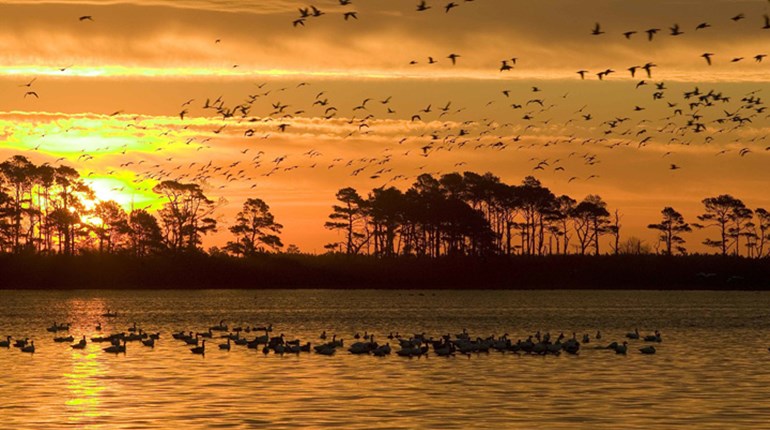
A variety of bills have been introduced in the last five years to raise the price of a Federal Duck Stamp—something that hasn't occurred since 1991. The latest effort—which has my support and that of both Ducks Unlimited and Delta Waterfowl—is the Federal Duck Stamp Act of 2014, which would raise the price of stamps from $15 to $25.
The act consists of bipartisan companion bills in the U.S. House and Senate, perhaps providing momentum that lacked previously. Original cosponsors in the House include Congressmen Ron Kind (D-Wisconsin), Jason Smith (R-Missouri) and Rob Wittman (R-Virginia), and in the Senate include Senators Michael Begich (D- Alaska), John Boozman (R-Arkansas), Chris Coons (D-Delaware), Mike Crapo (R-Idaho) and Jon Tester (D-Montana).
Here's why allowing the stamp to remain at its current value does much harm to this all-important conservation program:
• Funds generated by sales of "migratory bird hunting and conservation stamps" are vital to wetlands conservation. About 2.5 million acres in the Prairie Pothole Region (PPR) have been conserved through federal easements since 1934, including 7,000 waterfowl production areas (which, by the way, also preserves public-hunting opportunities). Preservation of PPR grassland is absolutely vital to maintaining stable waterfowl populations.
• While the price per stamp has not increased, land values have skyrocketed during the last 20 years. In Minnesota, for instance, the average price for an acre of land in 1998 was $400—today it's $1,400, a 250-percent jump. Though 98 cents of every dollar spent on stamps goes to conservation, a dollar simply doesn't have the buying power it did twenty years ago.
In praising the Federal Duck Stamp Act of 2014, Ducks Unlimited CEO Dale Hall said, "Once again, sportsmen and women have demonstrated their dedication and commitment to delivering habitat conservation on the ground." I appreciate the sentiment, but I'll paint a less rosy picture: I'm disappointed in the ambivalence—even opposition—many waterfowlers have shown toward raising the price of stamps.
Perhaps we've been spoiled. Ducks have consistently broken population records and exceeded long-term species averages in recent years. Have we grown complacent, convinced there's no need to do more? I hate to break it to you, but duck numbers are way up thanks to ample rains—period—which masks otherwise lousy habitat. One USFWS study indicates the loss 74,340 wetland acres in the Prairie Pothole Region from 1997-2009, which biologists says could’ve provided nesting habitat for 100,000 breeding pairs. Unless we stem the tide through securing waterfowl easements—which takes money—we won't just fail to maintain ducks at their current levels, we are one prolonged drought away from long-term disaster.

































